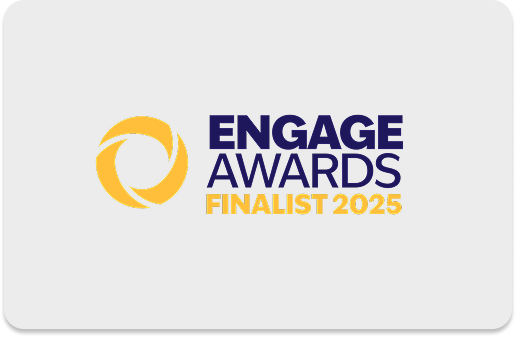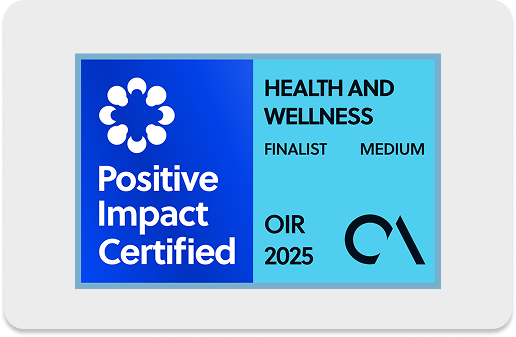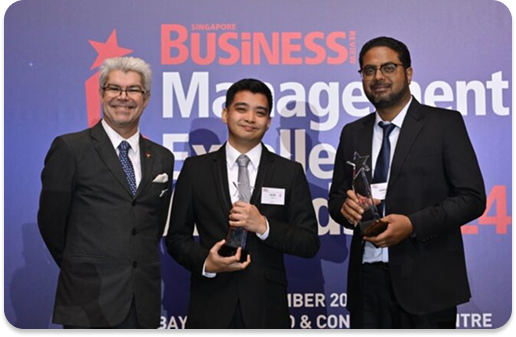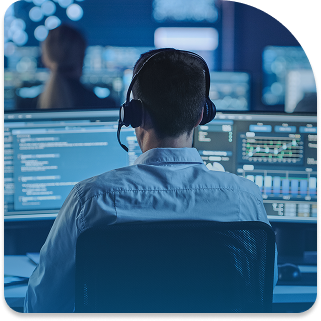With call center operations on the rise, improving call center agent utilization is a top priority for companies that rely on customer service. Effective agent utilization ensures that resources are used efficiently, leading to better customer service, reduced costs, and happier employees.
But what exactly does call center agent utilization mean, and how can businesses optimize it for maximum impact? This blog will break down everything you need to know about agent utilization, from what it is to practical strategies for improvement.
What Is Call Center Agent Utilization?

Call center agent utilization refers to the proportion of time that agents are actively involved in customer-related tasks compared to their total available working time. This metric helps businesses gauge their agents’ productivity and make sure they are functioning at maximum efficiency.
For instance, if an agent works an eight-hour shift and spends six hours on calls or handling customer queries, their agent utilization rate is 75%. The higher this percentage, the more time agents spend on meaningful tasks that contribute to the company’s success.
The Importance Of Call Center Agent Utilization
Optimizing call center agent utilization is beneficial for several reasons:
- Cost Efficiency: High agent utilization reduces idle time, which in turn helps companies lower their operational costs. If agents are fully engaged, businesses get the most out of their workforce without overstaffing.
- Improved Customer Satisfaction: When agent utilization is optimized, customers experience quicker responses and reduced wait times, resulting in greater satisfaction and a better customer experience.
- Employee Morale: Properly utilized agents feel more valued and productive. In contrast, agents with less downtime may feel unproductive or disengaged, which can affect morale and lead to higher turnover rates.
- Performance Monitoring: Agent utilization also serves as a key performance indicator (KPI). By tracking this metric, managers can identify workflow bottlenecks or inefficiencies and make necessary adjustments.
How To Measure Call Center Agent Utilization
Measuring agent utilization involves tracking agents’ time on various activities throughout their shifts. This can include:
- Talk time: The time spent actively speaking with customers.
- After-call work (ACW): Time spent on follow-up tasks after each call, such as entering notes or processing requests.
- Idle time: Time when agents are available but have not engaged in customer-related activities.
- Breaks: Time spent away from the desk for lunch, breaks, or personal needs.
The formula to calculate call center agent utilization is simple:
For example, if an agent has six hours of talk and after-call work out of an eight-hour shift, their utilization rate would be:
4 Factors That Impact Call Center Agent Utilization
Several factors can influence call center agent utilization, and understanding these can help businesses optimize their operations.
- Call Volume: A fluctuating call volume can significantly impact agent utilization. With fewer calls, agents may have long periods of idle time, while too many calls can overwhelm them, leading to burnout and reduced efficiency.
- Agent Scheduling: Proper workforce management and scheduling are crucial. Overstaffing results in underutilized agents, while understaffing leads to long customer wait times and agent burnout.
- Technology: Outdated or inefficient systems can slow down agents, increasing the time spent on after-call work or searching for information. Investing in modern customer relationship management (CRM) tools can improve agent utilization.
- Agent Skills and Training: Well-trained agents can efficiently handle customer queries, reducing call handling times and improving their utilization rates.
6 Strategies To Improve Call Center Agent Utilization
Now that we understand what agent utilization is and what factors influence it let’s explore strategies to improve it.
1. Optimize Workforce Scheduling
Optimizing workforce scheduling is one of the most effective ways to improve call center agent utilization. Predictive analytics and historical call volume data can help you schedule agents based on anticipated demand.
By ensuring the correct number of agents are on the floor during peak hours, you can reduce idle time and overstaffing during slower periods.
2. Implement Cross-Training Programs
Training your agents to handle multiple types of calls or tasks can increase their utilization. For instance, an agent trained in customer service and technical support can switch roles depending on the volume of calls in each department, leading to better overall efficiency.
3. Use Technology For Automation
Utilizing technology such as chatbots and interactive voice response (IVR) systems can reduce the burden on live agents by handling routine inquiries. This allows agents to focus on more complex tasks, improving their utilization and productivity.
Additionally, real-time monitoring tools can help managers track agent utilization throughout the day, allowing them to make immediate adjustments if necessary.
4. Monitor And Adjust Agent Breaks
Ensuring that agents take breaks at appropriate times is key to optimizing call center agent utilization. Breaks should be staggered so that enough agents are available to handle customer queries while others rest. Balancing break times will prevent bottlenecks during peak hours and ensure higher agent utilization.
5. Provide Ongoing Training And Development
Agents who are confident in their skills can handle calls more efficiently. Regular training sessions, covering both customer service best practices and technical knowledge, can help reduce call handling times and improve agent utilization.
Training agents to manage stress and avoid burnout can also result in a more motivated workforce.
6. Set Clear Performance Metrics
Establish clear KPIs for agent utilization, such as target talk times, after-call work limits, and acceptable idle time percentages. Regularly reviewing these metrics with your agents will help keep them focused on maintaining high utilization rates while offering opportunities for improvement.
Conclusion About Call Center Agent Utilization
Optimizing call center agent utilization is essential for improving customer service, reducing operational costs, and maintaining employee morale. Businesses can maximize agent utilization without sacrificing service quality by implementing strategies like effective scheduling, cross-training, and utilizing technology.
Remember, the key to success is finding the right balance between efficiency and quality, ensuring customers and agents are happy. Your call center can achieve better agent utilization and overall performance with proper planning and continuous improvement.
To take your call center performance to the next level, consider partnering with Gear Inc. Let us help you streamline operations, enhance customer satisfaction, and boost overall efficiency.
Contact Gear Inc today to discover how we can support your business growth.
Frequently Asked Questions About Call Center Agent Utilization
What Is The Difference Between Agent Utilization And Agent Occupancy?
Agent utilization measures the percentage of an agent’s total working time spent on productive tasks, including handling calls, after-call work, and other activities.
On the other hand, agent occupancy focuses only on the time agents are actively engaged in customer interactions (talk time and after-call work) relative to their available time, excluding breaks or idle time between calls.
How Can Poor Agent Utilization Affect Customer Satisfaction?
Poor agent utilization can lead to excessive idle time or agent overload, both of which harm customer service. When agents are underutilized, response times slow down, leading to customer frustration.
On the other hand, overworked agents may experience burnout, which results in lower service quality and less attentive interactions, negatively affecting customer satisfaction.
What Role Does Leadership Play In Improving Agent Utilization?
Leadership is key to optimizing agent utilization. Influential leaders set clear expectations, provide the necessary training and resources, and ensure that workflows are efficient.
Managers also monitor performance, offer feedback, and create an environment that motivates agents to stay productive and engaged. Strong leadership helps align agent efforts with overall business goals.
How Can Data Analytics Improve Agent Utilization?
Data analytics can provide real-time insights into agent utilization by tracking key metrics such as call volume, handling times, and idle periods.
Managers can use this data to identify bottlenecks, adjust staffing schedules, and optimize workflows. Predictive analytics can also help forecast demand and allocate resources efficiently, ensuring agents are adequately utilized and manageable.



















